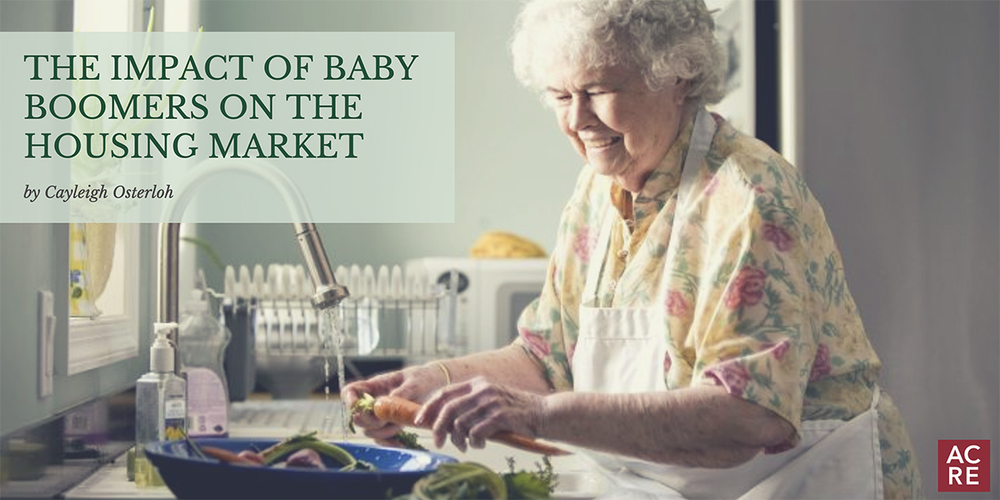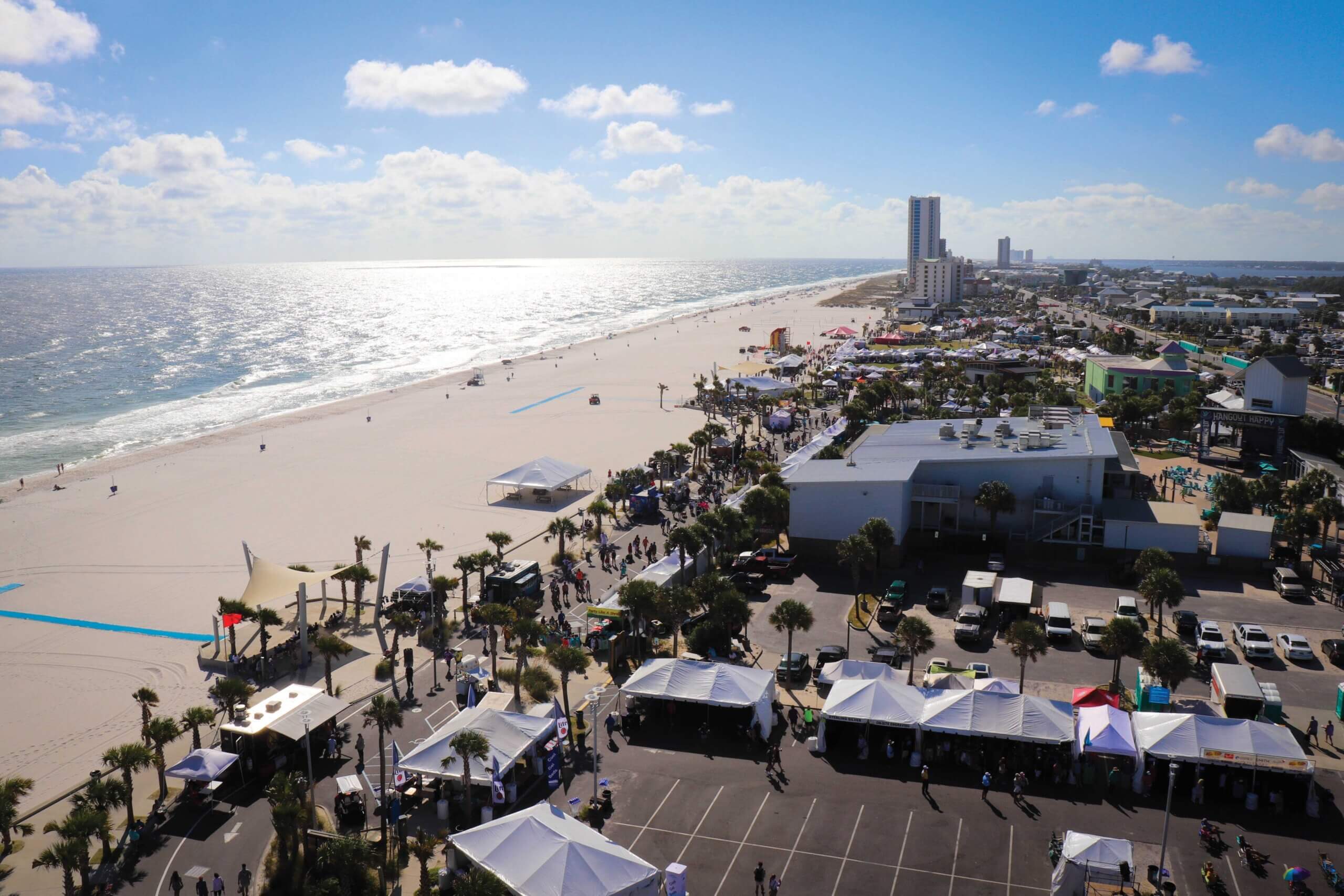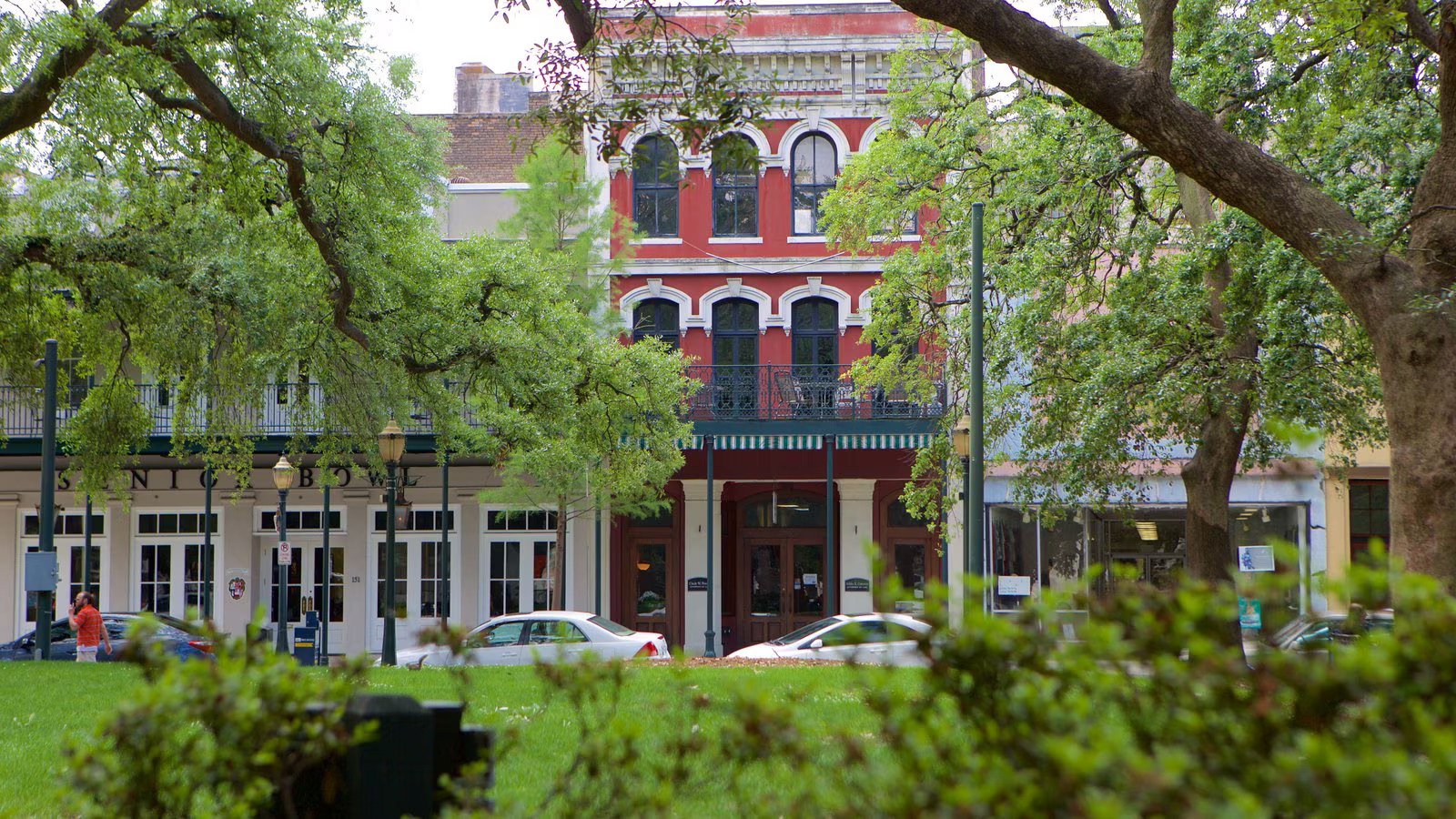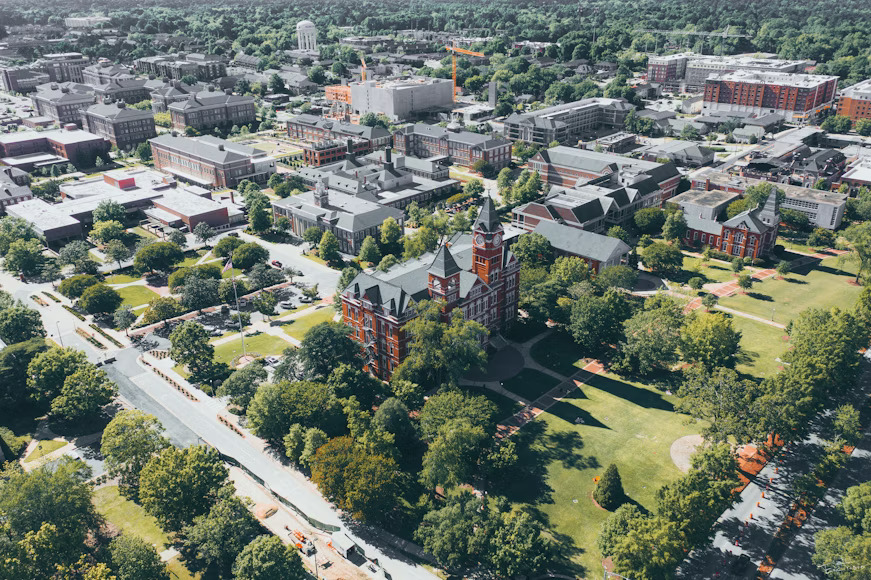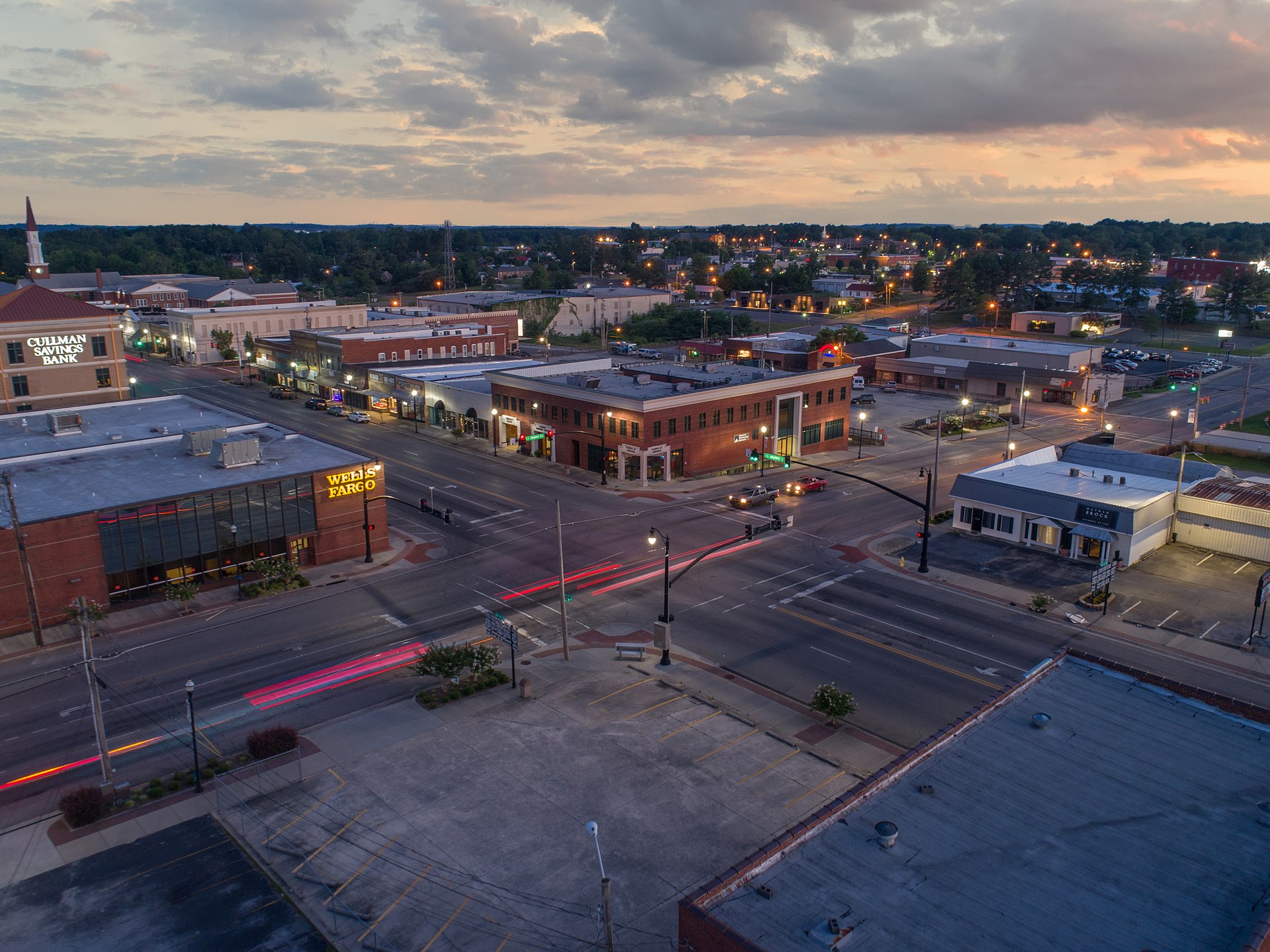Baby boomers have dominated the U.S. economy for close to a half-century and demonstrate no intentions of slowing down as they enjoy their elder years of life. That is particularly accurate when it comes to the housing market and it is something Huntsville Committee of 100 CEO John Allen couldn’t agree more with. As the previous president of Southern Construction and Design, Allen often experienced the impact baby boomers are making on the housing market through his work helping the elderly population remodel and retrofit their homes to accommodate their needs as they aged.
According to the U.S. Census Bureau, 16.5 percent of Alabamians are aged 65 or older and that number will only increase. In the next 20 years it is predicted that there will be around 12 million individuals in America 80 years or older. Now with the availability of different options for home care, the majority of elder Americans are choosing to stay in their homes instead of moving to a nursing home facility. “It is proven people are healthier and live longer when they stay in their home versus an assisted living care nursing facility,” stated Allen. This trend will result in U.S. housing experiencing a massive transformation..
The era for homebuilders, designers, and local governments to take effect is at this very moment. The approaching increase in the older American population calls for swift action to produce affordable housing, enhance accessibility and aging in place tactics, and form a variety of housing selections. In addition, there is an great revenue opportunity for contractors who do it correctly. The demand for age-restricted housing like senior-only neighborhoods and apartments could reach over 500,000 units a year.
More and more the senior population is demanding an alteration of what signifies “customary” home characteristics. Ordinary actions and simple chores must be accommodated as around 17 million senior households will have at the minimum one person with a mobility disability in the next 15 years. Elderly homeowners want zero-step entries into the home, single-floor living, wide hallways and doors that are wheelchair-friendly, lever-style knobs, and more accessible electrical switches must become standard. “They (baby boomers) have been through taking care of their aging parents, so they have a little bit of a different perspective of what aging in place and accessible living really means,” stated Allen. “They are demanding services, products, and residential techniques that really speak to how they age in place.” However, only 1 percent of the present housing supply offers all these features.
The elderly age group will be required to deal with a range of monetary challenges draining their funds. “Due to fact that many baby boomers have cared for their elder parents and have gone through that process, they have realized what kind of a cost that it takes. So, if you have for instance, assisted living facilities, nursing home facilities, or home care you could be going through as much as $5,000 a month in health care,” said Allen. It’s vital to begin thinking about solutions and plans to offer help now, as budget restraints on housing can put burden on other important budget matters like health care expenses.
While a multigenerational home is not a customary living situation for American-born elders, it is much more popular with immigrant families. America’s growing diversity indicates this arrangement will be gradually more frequent for elderly people overall. In a pre-emptive response to this trend, a few state and community governments have created “visitability ordinances,” which entails that new houses be constructed with additional accessibility elements, but the prerequisites fluctuate in different regions. Also, at the national level, H. R. 5254, the Senior Accessible Housing Act, offers an individual tax tribute of up to $30,000 for people 60 years and older who wish to moderate their home for secure, relaxed, and individual living.
“How you light a room or how you light the kitchen is important. Bathing facilities, restrooms, kitchens, hallways, and access points are the priority areas to make accessible for a broad range of people who might be interested in house renovation or new construction,” stated Allen. “Every small thing you can do to make a house accessible is really what our industry and REALTORS need to start thinking through.”

